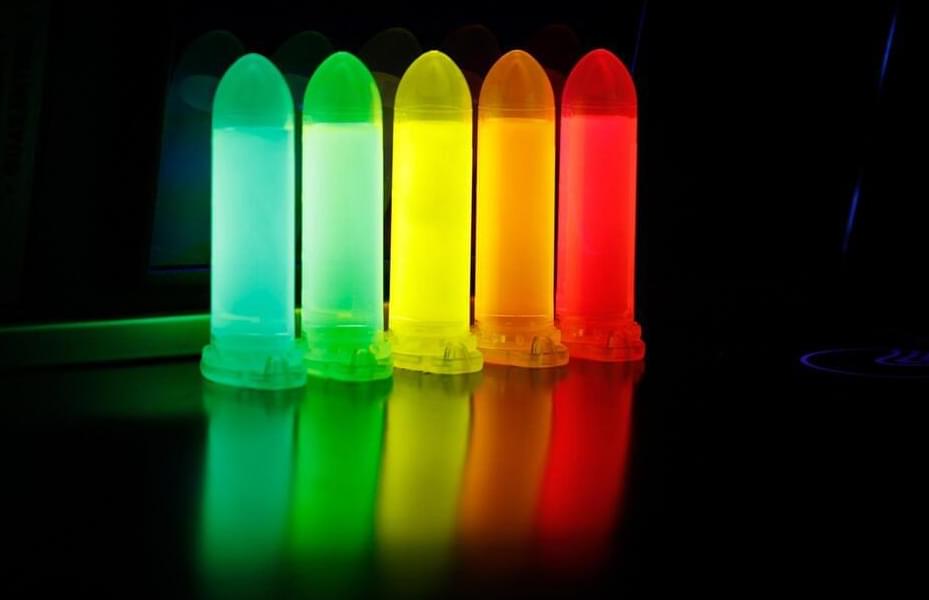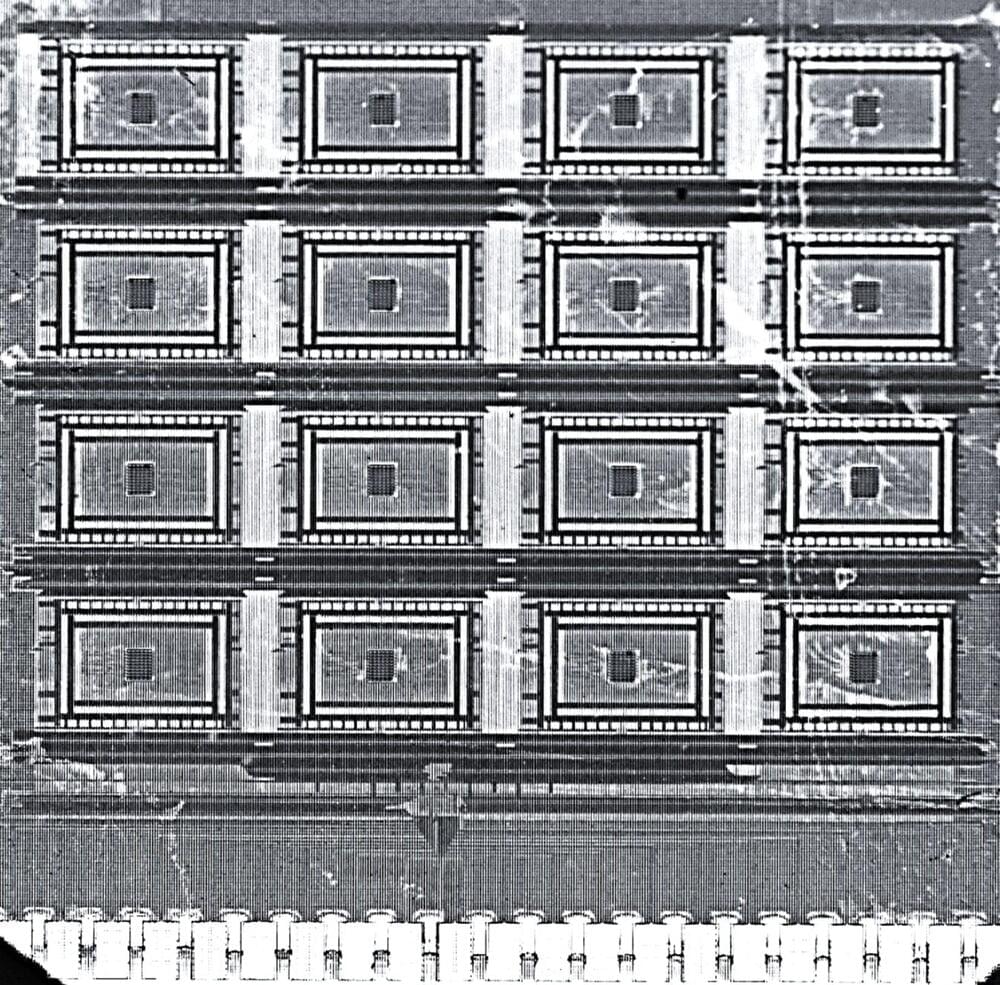Updating CRMs after each call is an important task for sales representatives, but it means a lot of administrative work that takes time away from actually selling…
According to a report from Bloomberg’s Mark Gurman, Apple is going to spend most of 2023 focusing on a brand new device — a mixed-reality headset that has been a work in progress for several years.
The new device could look like a pair of ski goggles, based on an earlier report from The Information. It will feature several cameras so that the device can track your movements in real time and see what’s happening in the real world.
Over the past few years, Apple CEO Tim Cook has stated several times that augmented reality is a promising technology. “I think the [AR] promise is even greater in the future. So it’s a critically important part of Apple’s future,” Cook told Kara Swisher back in 2021.
Microsoft has reportedly been looking at ways of integrating OpenAI’s GPT features into Word, Outlook, and PowerPoint.
Microsoft has been reportedly experimenting with building OpenAI’s language AI technology into its Word, PowerPoint, and Outlook apps. The Information.
Microsoft has reportedly been using OpenAI’s GPT technology to improve Outlook search results so users can find what they’re looking for without having to search using keywords in emails.
Microsoft also working on ChatGPT-like features for Bing.
NASA Rover Discovers Gemstone On Mars
Posted in space
A research team using new methods to analyze data from NASA’s Curiosity, a rover operating on Mars since 2012, was able to independently verify that fracture halos contained opal, on Earth a gemstone formed by the alteration of silica by water.
The study finds that the vast subsurface fracture networks would have provided conditions that were potentially more habitable than those on the surface.
In 2012, NASA sent the Curiosity rover to Mars to explore Gale Crater, a large impact basin with a massive, layered mountain in the middle. As Curiosity has traversed along the Mars surface, researchers have discovered light-toned rocks surrounding fractures that criss-cross certain parts of the Martian landscape, sometimes extending out far into the horizon of rover imagery. Recent work finds that these widespread halo networks served as one of the last, if not the last, water-rich environments in a modern era of Gale Crater. This water-rich environment in the subsurface would have also provided more habitable conditions when conditions on the surface were likely much more harsh.
Researchers at Princeton’s Department of Chemistry discovered the first known de novo protein that catalyzes, or drives, the synthesis of quantum dots.
Nature uses 20 canonical amino acids.
<div class=””> <div class=””><br />Amino acids are a set of organic compounds used to build proteins. There are about 500 naturally occurring known amino acids, though only 20 appear in the genetic code. Proteins consist of one or more chains of amino acids called polypeptides. The sequence of the amino acid chain causes the polypeptide to fold into a shape that is biologically active. The amino acid sequences of proteins are encoded in the genes. Nine proteinogenic amino acids are called “essential” for humans because they cannot be produced from other compounds by the human body and so must be taken in as food.<br /></div> </div>
The two interstellar meteorites identified so far seem to be significantly stronger than local meteorites, which may mean they formed in supernovae.
Over the past few decades, the performance of machine learning models on various real-world tasks has improved significantly. Training and implementing most of these models, however, still requires vast amounts of energy and computational power.
Engineers worldwide have thus been trying to develop alternative hardware solutions that can run artificial intelligence models more efficiently, as this could promote their widespread use and increase their sustainability. Some of these solutions are based on memristors, memory devices that can store information without consuming energy.
Researchers at Université Paris-Saclay-CNRS, Université Grenoble-Alpes-CEA-LETI, HawAI.tech, Sorbonne Université, and Aix-Marseille Université-CNRS have recently created a so-called Bayesian machine (i.e., an AI approach that performs computations based on Bayes’ theorem), using memristors. Their proposed system, introduced in a paper published in Nature Electronics, was found to be significantly more energy-efficient than currently employed hardware solutions.
Analysis of chatter on dark web forums shows that efforts are already under way to use OpenAI’s chatbot to help script malware.
Modern humans have a youthful brain, and this “Peter Pan syndrome” is also seen in Neanderthals.
Many believe our particularly large brain is what makes us human — but is there more to it? The brain’s shape, as well as the shapes of its component parts (lobes) may also be important.
LIGHTNING super-resolution detection concept and TauSense technology facilitate better cryogenic fluorescence imaging for advanced cryo-correlative workflows. The quality of fluorescence microscope images that guide cryo-FIB milling determines the result of the prepared lamella. Here, it is described how image quality is significantly improved by LIGHTNING and how different structures can be discerned using their fluorescence lifetime-based information.









